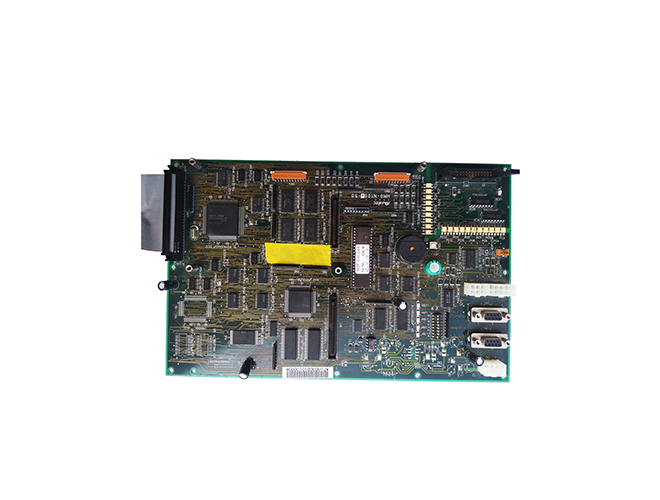-
CN
-
Service Hotline
+8618129931046 Mr. Liao


Time:2025-06-11 Views:1

Differential signal routing on double - sided printed circuit boards (PCBs) is a critical aspect of high - speed circuit design, ensuring reliable data transmission with minimized electromagnetic interference (EMI) and signal integrity issues. In double - sided PCBs, where the available routing space is more limited compared to multi - layer boards, careful planning and implementation of differential signal routing techniques are essential.
Differential signals consist of two complementary signals transmitted on a pair of traces. The key advantage of differential signaling lies in its ability to reject common - mode noise, as any noise coupled onto both traces will cancel out when the signals are compared at the receiver end. For double - sided PCBs, the first step in differential signal routing is to select appropriate trace widths and spacing. The trace width is determined by factors such as the characteristic impedance requirements of the differential pair (usually 100Ω for many high - speed interfaces) and the current - carrying capacity. A common rule of thumb is that the trace width should be narrow enough to achieve the desired impedance but wide enough to handle the required current without excessive voltage drops. The spacing between the two traces of a differential pair is crucial for maintaining proper impedance matching and minimizing crosstalk. Typically, the trace - to - trace spacing is set to be approximately equal to the trace width.
Routing the differential pairs on a double - sided PCB requires efficient use of both the top and bottom layers. When routing, it is important to keep the two traces of a differential pair as close and parallel to each other as possible for the entire length of the route. This helps to maintain a consistent impedance and minimize signal distortion. However, in some cases, vias may be necessary to switch the differential pair from one layer to the other. When using vias, it is crucial to ensure that the vias are placed symmetrically for both traces of the differential pair to avoid introducing additional asymmetry and impedance discontinuities.
Another important consideration is the avoidance of crosstalk with other signals on the PCB. Differential pairs should be routed away from high - frequency signals, power traces, and other potential sources of interference. Shielding techniques, such as adding ground traces or planes between the differential pairs and interfering signals, can also be employed to further reduce crosstalk. Additionally, proper termination of the differential pairs at the source and load ends is essential. Series resistors are often added at the source end to control the signal rise time and prevent reflections, while parallel resistors are used at the load end to match the impedance and absorb any reflected signals.